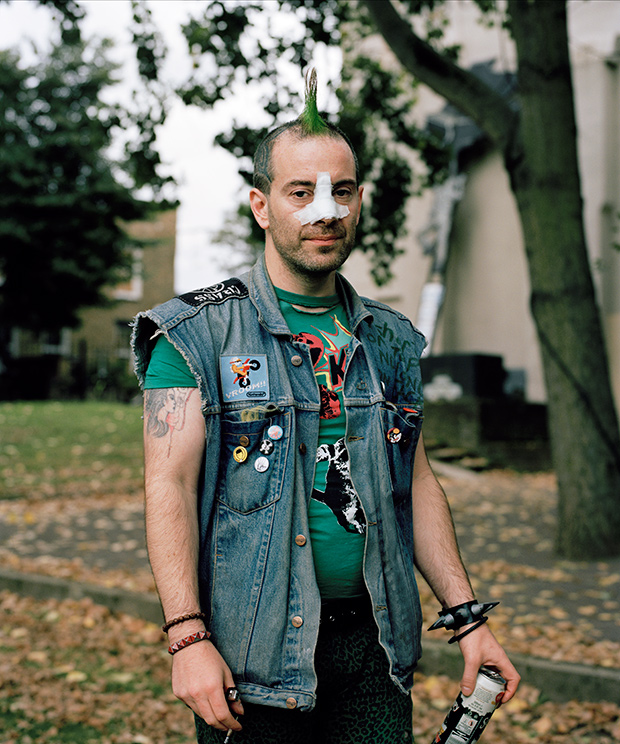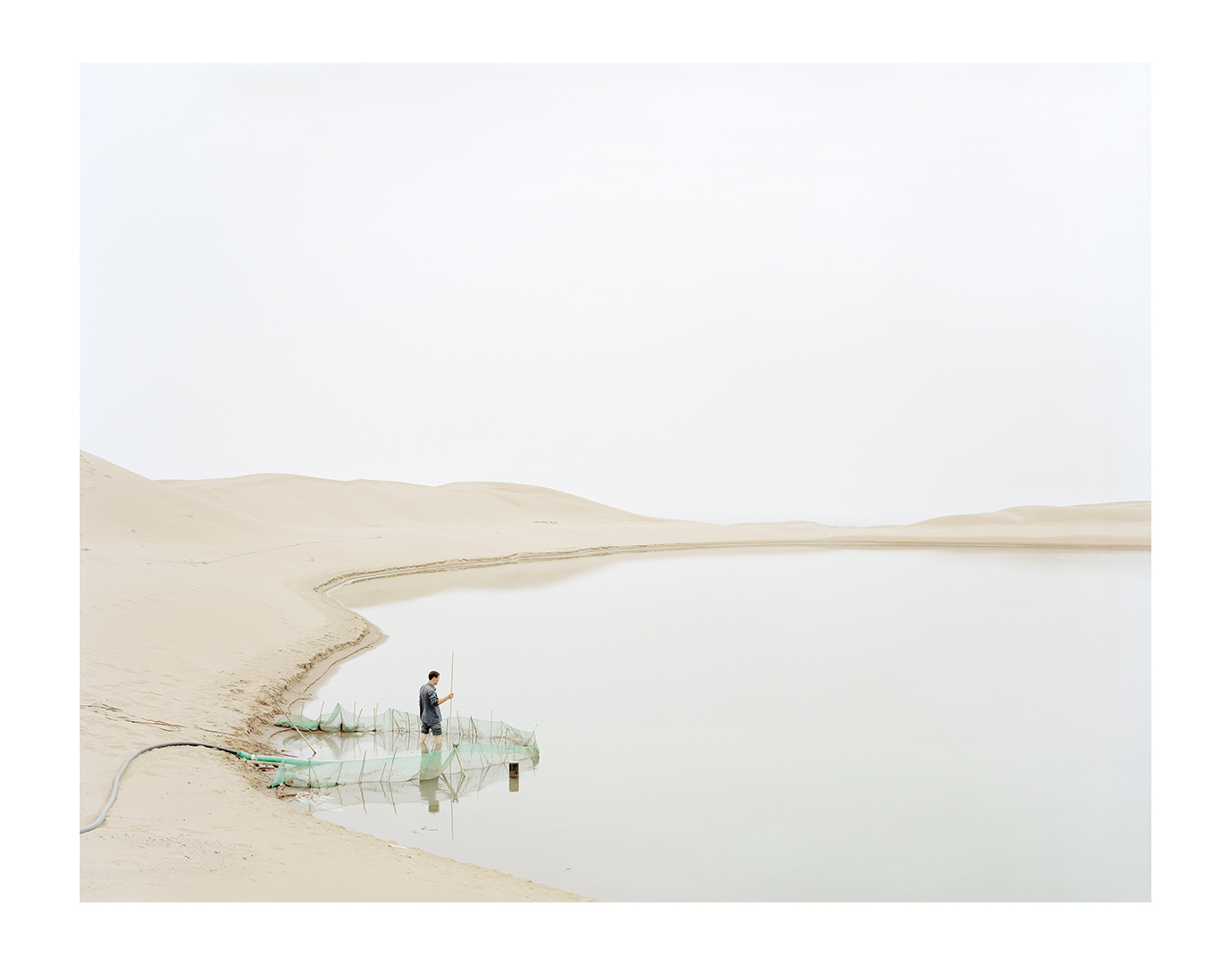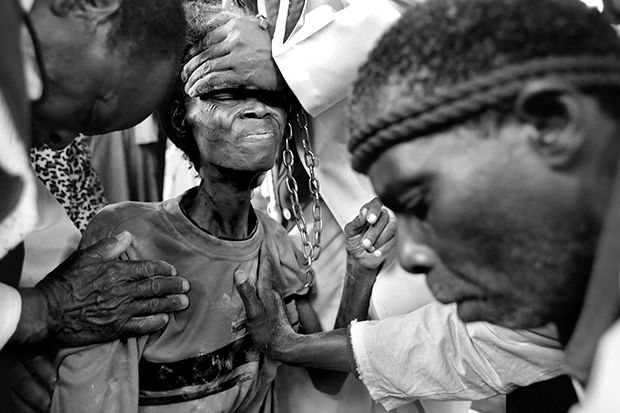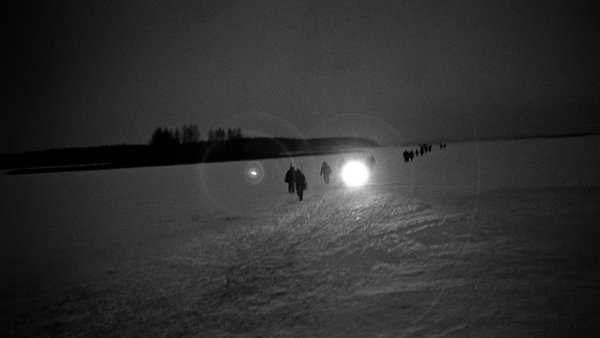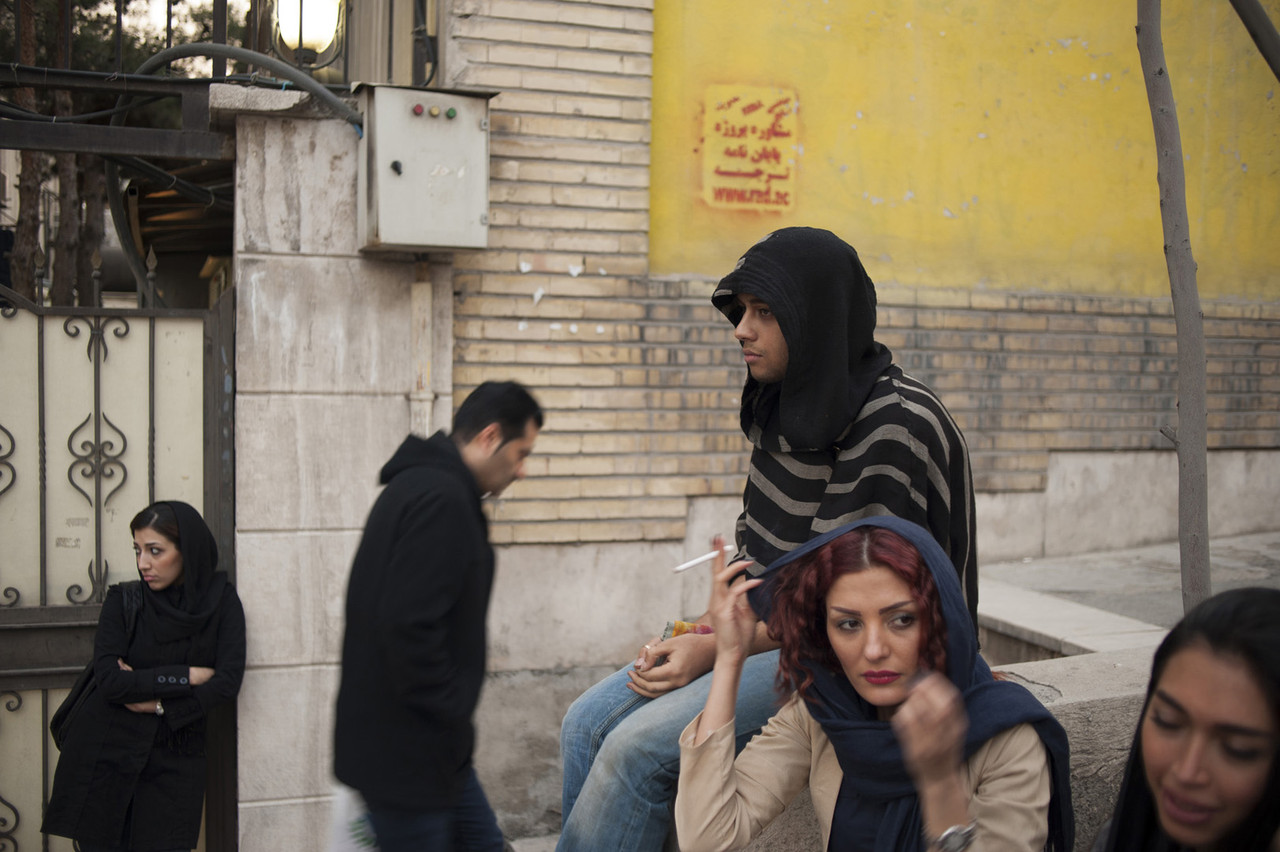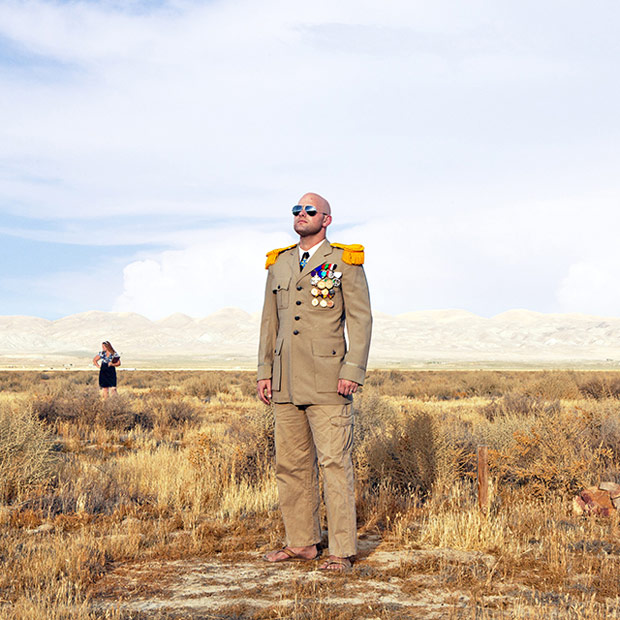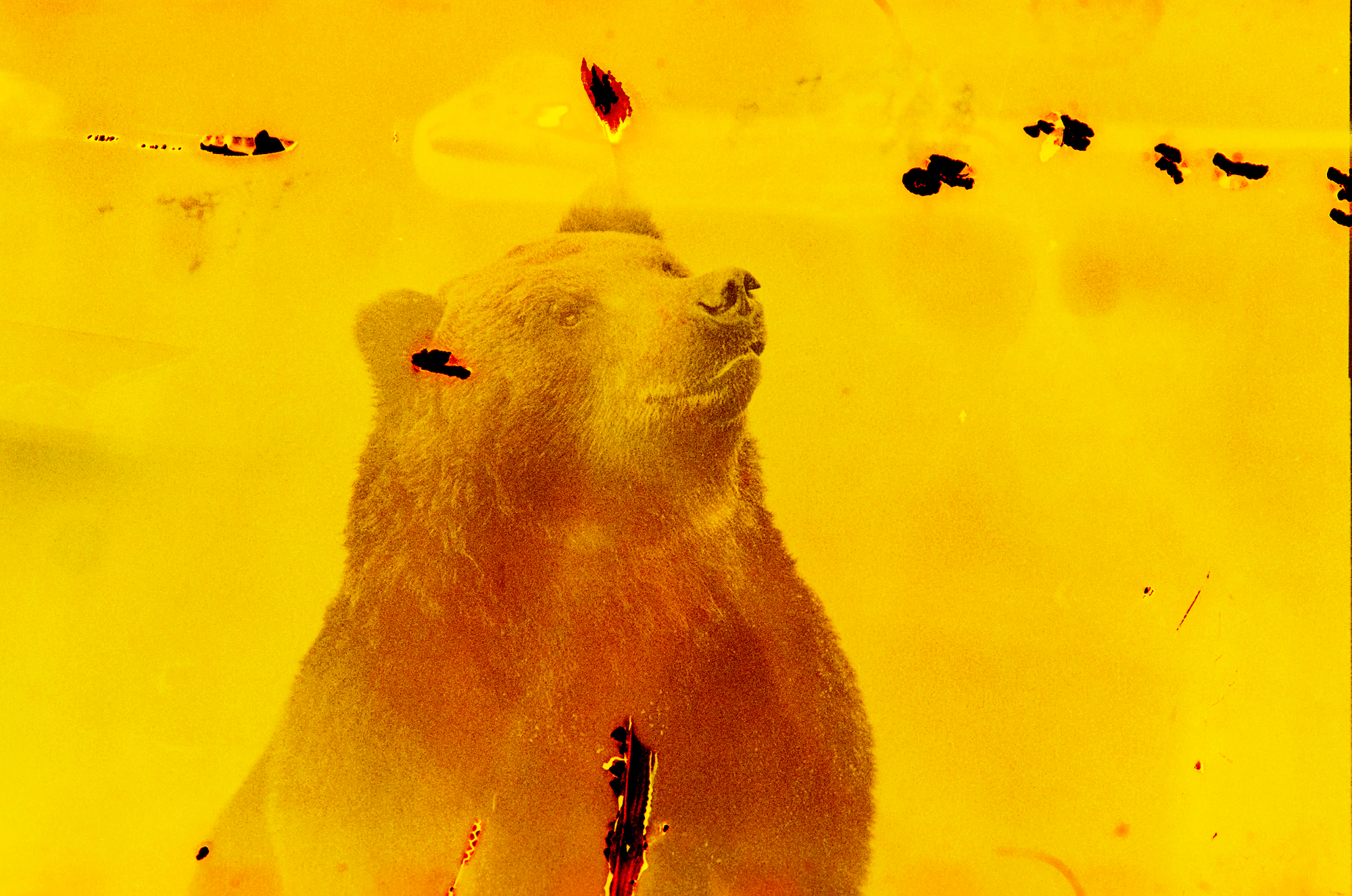Zed Nelson’s ‘A Portrait of Hackney’ Depicts the Mélange of Cultures in a Gentrifying East London Neighborhood
For many of our readers the story of waves of hipsters gentrifying previously undesirable neighborhoods, eventually and circumstantially pushing out the previous communities, will be a familiar one. For photographer…
via Feature Shoot: https://www.featureshoot.com/2014/08/zed-nelson/
As Nelson writes in the book’s introduction (which he calls “Hackney—A Tale of Two Cities”), “The social landscape for an underprivileged teenager growing up in Hackney, one of London’s poorest boroughs, is a million light-years away from the new urban hipsters who frequent the cool bars and expensive cappuccino cafés springing up in the same streets. These worlds co-exist side-by-side but entirely separate, creating bizarre juxtapositions of wealth and poverty, aspiration and hopelessness. This series, a work in progress, meditates on the confusion of cultures, clash of identities, and the beauty and ugliness that co-exist in the borough today.”

